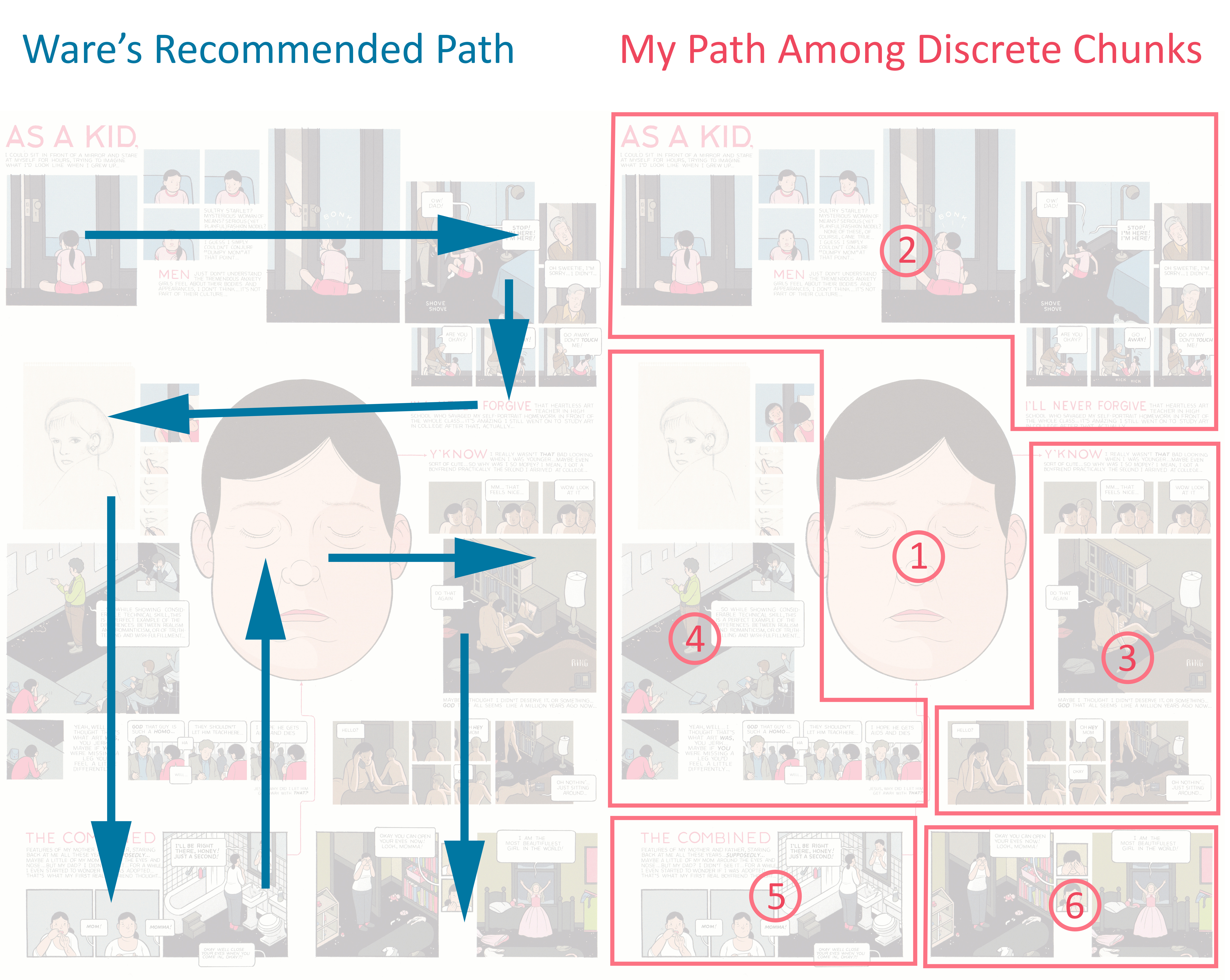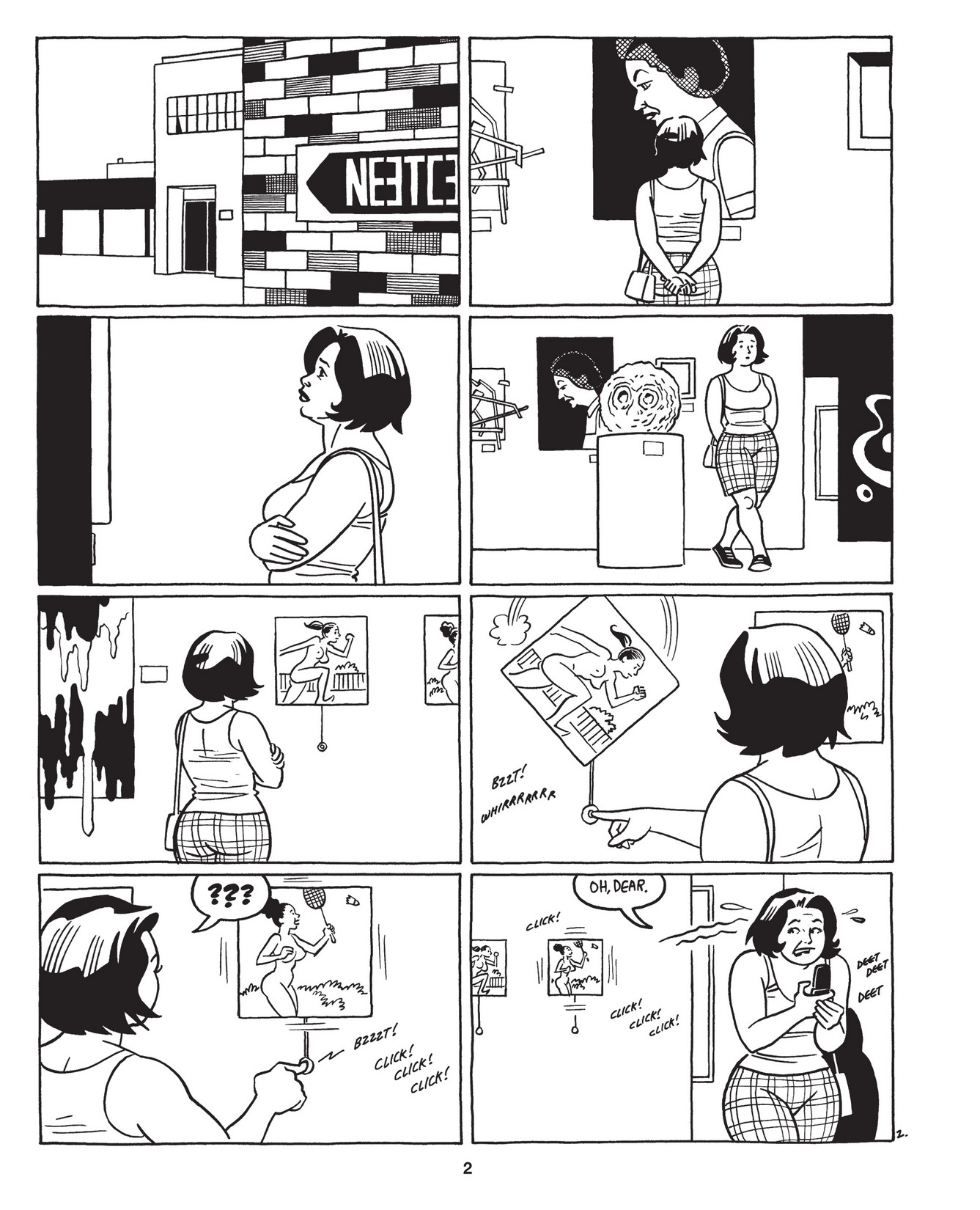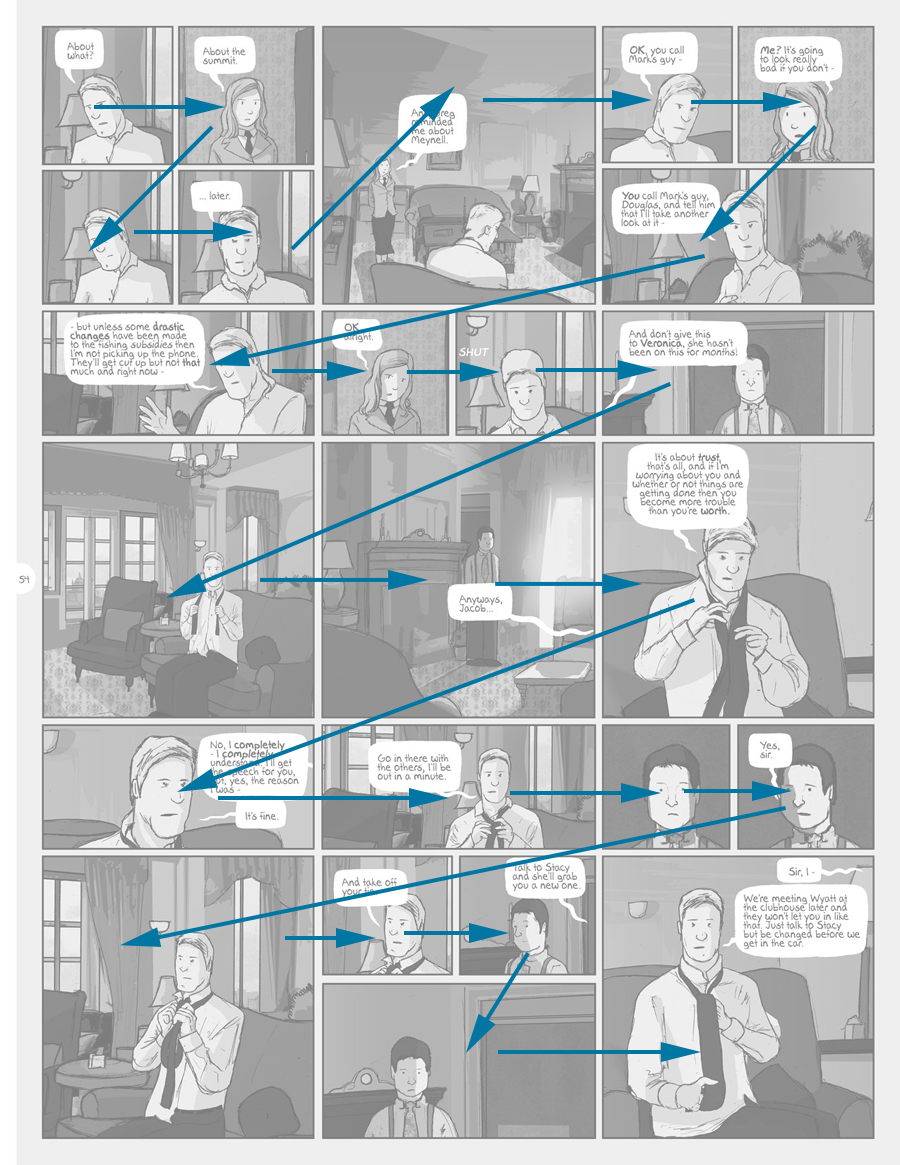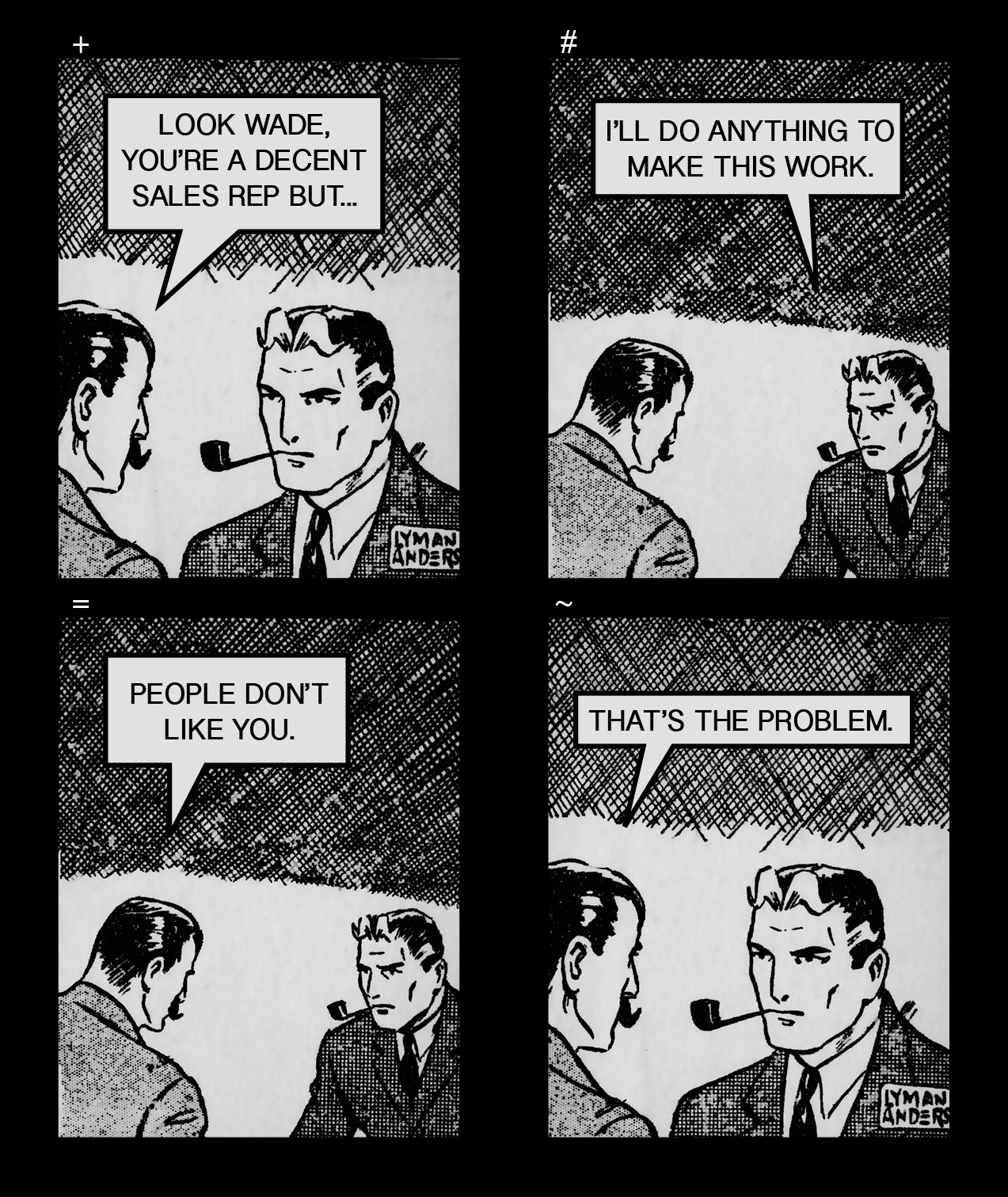In the science fiction short story The Island by Peter Watts, a group of human engineers sets out on a mission to build warp gates across the universe. As they travel from one build location to another, they move at such at such high speeds that a few years for the builders is the equivalent of billions of years on earth. Every time they complete another portal, they get a brief look at the offspring of humans that is living at the other end of the gate, where earth once was. “I’ve seen these portals give birth to gods and demons and things we can’t begin to comprehend, things I can’t believe were ever human.”
Over the past few years, dark, intricately-woven science fiction universes have multiplied at Image and other publishers, and many of them tap into the feeling of Watts’s engineers, the wonder of seeing something we are unable to understand. These stories walk a fine line between suggestion and fulfillment. They must depict a universe so different from our own that it stretches our minds to think about it, and then they have to explain it. We aren’t content merely to gaze upon a bizarre creation, we also want to understand it. This is the core challenge that a science fiction world must answer: How do you depict the unimaginable?
 Prophet
Prophet
One title that stands out is the Brandon Graham reboot of Prophet. Graham has assembled a stunning team of artists to illustrate and write the story with him, which is loosely based on a Rob Liefeld character. The story takes place 10,000 years in the future, and it’s pages are rich with imagined history, from the biological technology to the debris of forgotten wars. The setting and story evoke the nostalgic fascination that European and American painters felt for the ruins of the Greco-Roman empire.

Prophet
I am consistently delighted by how bizarre and alien the world of Prophet feels. The hands-off story telling allows me to fill in the gaps of the worlds that Graham describes in a way that feels organically collaborative. It reminds me of another science fiction comic which taps into the infinite, The Incal by Alejandro Jodorowsky and Moebius.
Jodorowsky is best known as the director of the surrealist film the Holy Mountain, and for the ambition of his plans for a film adaptation of Dune. After assembling a team of creators that included Orson Welles, Dali, Moebius, and H. R. Giger, the project went over budget in pre-production and was canceled, it’s components later harvested to make Alien, Blade Runner, David Lynch’s Dune, and others. Jodorowsky’s Dune was too revolutionary to be realized, and that is exactly why the comics that he went on to create are so fascinating.
In comics, Jodorowsky found a medium where he could work without constraints. He said in an interview, “If you want 10,000 cosmic spaceships, it doesn’t cost more money than drawing a horse.”

The Incal
The Incal, published from 1981 to 1989, is the story of a foolish, selfish white man named John DiFool who is pulled into a journey across space by the metaphysical spirit known as the Incal. DiFool is dragged throughout the adventure not because he is special, but because his genetic code resonates with the Incal. He is a bumbling participant in the cosmic and spiritual war that unfolds.
Both Prophet and The Incal succeed in creating a world that feels at once inconceivable and familiar. To do so, Jodowrosky and Graham (Note: from here on I’m going to refer to the Jodorowsky and Moebius collaboration and the Graham and team collaboration as Jodorowsky and Graham respectively) both use dialogue and narration to suggest a much larger universe than they are ready to spell out on the page. In the Incal, it does not matter that we know little about the Technopriests, the Emperoress, or even the Incal. We understand the roll they play in the story, and can create our own mythology around them. This technique is even more common in Prophet, with dozens of technologies, wars, and worlds (Foam Music, Ambulavit Pod, Lux Glacies Caverns) that appear only for a single line.

Prophet
This collaborative world-building technique is not limited to throwaway details, but is also used to drive the plot forward. Prophet waits until the end of issue six to introduce the primary conflict of the series, the battle between the earth empire and Old Man Prophet, a clone who has rebelled. There are several short stories in Prophet that don’t openly announce how they fit into the comic’s overall plot, and the reader wanders through the pages with the characters, trying to piece together what has happened. Even the first image of an earth empire ruler, though bizarre, cannot be read in a moral framework.

Ambiguous depiction of the earth empire in Prophet.
Once the narrative engines get running, it’s clear that the story exists in a binary good versus evil universe, and not even a particularly original one (empire=evil, white-guy-who-fell-in-love-with-a-native-woman=good). Even the character design seems to become more explicit. Where the first images of the earth empire Mothers just look strange, later images portray them as monsters. Once the incremental exposition had filled in enough gaps that I could see the larger arc of the plot, I began to feel nostalgic for the complex, morally ambiguous universe I had been imagining around the characters.

The evil of the earth empire.
This is one of the pitfalls of using suggestion to flesh out the world. The Wachowskis have spoken in interviews about the tremendous challenge of realizing and expanding the science fiction universe in Reloaded and Revolutions that they had alluded to in the Matrix. Another manifestation of the gap between expectation and realization occurs when writers who have established a hard science universe introduce elements of spirituality and mysticism (for example, the recent Battlestar Galactica series).
Jodorowsky’s Incal avoids this trap from two different directions. First, it is upfront with the metaphysical, psychedelic weirdness of its world. On page 32, the Incal splits John into four competing gnomelike characters that represent aspects of his personality. It’s a bizarre and awkward turn in the story, but it does an excellent job of signaling the rules of the universe to the reader (no rules). Later, when the battle between light and dark takes center stage, it feels like an extension of the book’s themes instead of a reversal.

The four spirits of John DiFool in The Incal.
The second way that The Incal exceeds expectations is by beginning with a relatively straightforward swash-buckling adventure, and then expanding and interrogating parts of the universe until it is much larger. The Incal feels like a small story is growing, while the Prophet feels like a large potential is shrinking.
In later issues of Prophet, Graham pivots the narrative arc by focusing on the a new threat and introducing more characters pulled from the original Liefield Prophet universe. It feels rushed and I didn’t feel any pressing need for the book to be truer to the Liefeld universe, but I’m happy to see the story move in any direction that is not a steady march towards a boring war. One of The Incal’s greatest accomplishments is that even though the story changes direction repeatedly (in the most bizarre turn, the characters must convince all living creatures in the galaxy to fall asleep and enter the Theta-dream together), each iteration feels like a movement closer to story’s core themes. If Graham can make similar course adjustments on Prophet, he will have something truly special.

Prophet












